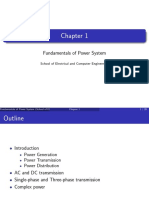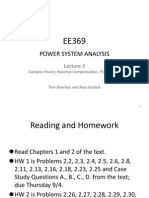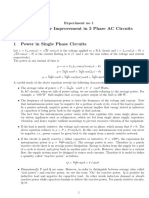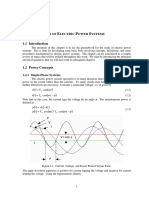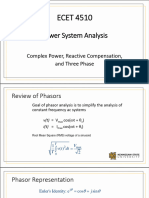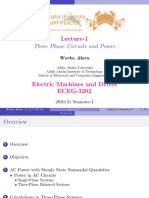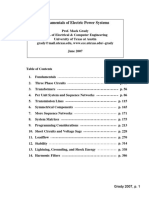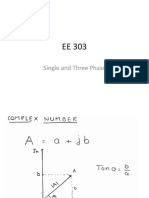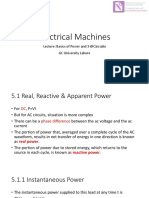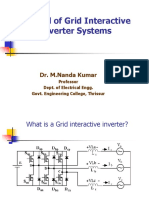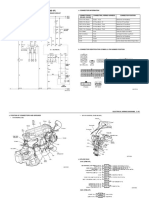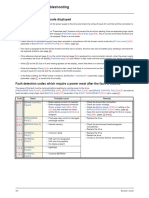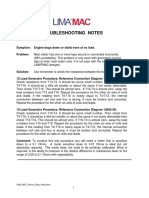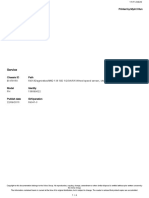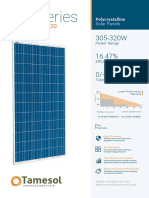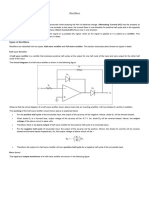0% found this document useful (0 votes)
16 views17 pagesLecture 3 Power System Basics
The document outlines the syllabus for the EEE 3201 Power System I course at the University of Dhaka, covering topics such as power generation, transmission, and distribution, as well as power system analysis and fault calculations. It includes detailed content on phasor representations, steady-state and dynamic behavior of power systems, and power flow analysis methods. The course is structured into lectures and practical applications, emphasizing the importance of understanding both theoretical concepts and real-world applications in power systems.
Uploaded by
Md Mehedi Hasan PiashCopyright
© © All Rights Reserved
We take content rights seriously. If you suspect this is your content, claim it here.
Available Formats
Download as PDF, TXT or read online on Scribd
0% found this document useful (0 votes)
16 views17 pagesLecture 3 Power System Basics
The document outlines the syllabus for the EEE 3201 Power System I course at the University of Dhaka, covering topics such as power generation, transmission, and distribution, as well as power system analysis and fault calculations. It includes detailed content on phasor representations, steady-state and dynamic behavior of power systems, and power flow analysis methods. The course is structured into lectures and practical applications, emphasizing the importance of understanding both theoretical concepts and real-world applications in power systems.
Uploaded by
Md Mehedi Hasan PiashCopyright
© © All Rights Reserved
We take content rights seriously. If you suspect this is your content, claim it here.
Available Formats
Download as PDF, TXT or read online on Scribd
/ 17







